Two renewable energy hybrid microgrid plants will be deployed at mines in remote locations at the fringe of Western Australia’s electricity grid with financial backing from the federal government.
A wind, solar, battery and gas microgrid now under construction at a gold mine in the northern Goldfields will be supported with $13.5 million from the Australian Renewable Energy Agency (ARENA). The funding is provided to Agnew Gold Mining, owned by South African mining company Gold Fields Group.
The project will consist of five wind turbines delivering an 18 MW wind farm, a 10,000 panel 4 MW solar farm and a 13 MW / 4 MWh battery storage alongside a 16 MW gas engine power station. According to ARENA, it will be the first large hybrid microgrid in the mining sector in Australia to integrate wind generation.
“The Agnew hybrid microgrid project reflects the company’s strategic objective to strengthen energy security, optimise energy costs and reduce its carbon footprint through innovation and the adoption of new technologies,” Gold Fields Australia Executive Vice-President Stuart Mathews said in comments.
Construction will be carried out in two stages. Stage 1 is a new off-grid 23 MW power station incorporating 16 MW gas and 3 MW diesel generation and 4 MW photovoltaic solar, which is on track for completion in mid-2019. Stage 2 includes 18 MW wind generation, a 13 MW battery and an advanced micro-grid control system, with construction recently started and due for completion in 2020.
Distributed energy producer EDL will design, construct, own and operate the microgrid to power the Agnew Gold Mine under a 10 year agreement with Gold Fields. EDL is partnering with juwi Renewable Energy, the Australian subsidiary of international project developer juwi on the project.
“We have leveraged learnings from demonstrated success in other hybrid renewable projects, which will enable us to provide Agnew Gold Mine with greater than 50% renewable energy over the long term, without compromising power quality or reliability,” EDL CEO James Harman said.
Previously, EDL delivered a hybrid solar, wind, battery and diesel project in the outback South Australian town of Coober Pedy. The project commissioned in 2017 has demonstrated its capability to supply 100% the town’s electricity demand. Thus far, the longest continuous period the project has operated on 100% renewables is 81 hours.
Gold Fields will also adopt innovative operational practices such as dynamic load shedding, renewable resource forecasting and IPP-controlled load management to maximise renewable energy use while maintaining system security.
“The project Gold Fields is undertaking will provide a blueprint for other companies to deploy similar off-grid energy solutions and demonstrate a pathway for commercialisation, helping to decarbonise the mining and resources sector,”said ARENA CEO Darren Miller.
“ARENA is continuing to help build a business case for renewables in mining which has been underlined by other successful projects such as Rio Tinto’s Weipa project [a 6.7 MW solar PV farm] and Sandfire Resources’ DeGrussa Solar Project, reducing their fuel consumption by up to 20 per cent,” he added.
More mining powered with renewables
This microgrid hybrid project, developed by Perth-based Advanced Energy Resources (AER), will consist of a 2.5 MW wind farm, a 1 MW solar farm and a 2 MW / 0.5 MWh battery which will provide up to 70% of the electricity needs of a nearby garnet mining and processing plant run by GMA Garnet.
The wind turbines being used in Port Gregory are second-hand Enercon turbines from northern Germany refurbished in Australia by AER. The battery is manufactured by Kokam and the battery inverters by Siemens. After developing this $11.2 million project for 13 years, AER will build, own and operate the site, due to be commissioned in December.
“By thinking outside the box, we’ve been able to commercialise a new approach to energy storage and renewable energy project delivery which will change the way that renewable energy generators are delivered in weak, fringe of grid areas and by customers who are unable to commit to long term power purchase agreements,” AER Managing Director Luca Castelli said.
The project will use a novel approach to resolving the challenges of connecting large amounts of renewable energy to weak, fringe-of-grid locations by using ‘back-to-back inverter topology’, a design that decouples the load and renewable energy generators from the grid via a DC link.
“This grid connection design will overcome challenges associated with connections to weak grids, providing backup power, and facilitating high penetrations of customer-side renewable generation. Effectively, this approach allows the solar and wind to operate in a microgrid with the battery and inverters, which avoided the need to upgrade the network,” ARENA CEO Miller said.
The two hybrid projects reflect a growing trend in powering mining operations worldwide with wind and solar. Presently, Australia’s largest solar PV installation at the mining site is the DeGrussa project – a hybrid system at Sandfire’s copper and gold mine site in Western Australia, which comprises a 10.6 MW solar facility coupled with a 6 MWh battery facility – integrated with an existing diesel generator. The project reached full operation in May 2016.
Other notable off-grid installations in the Australian mining sector include: a 7.3 MW solar array and 2 MW/1 MWh battery at the Granny Smith gold mine in Western Australia’s Eastern Goldfields region, a 3 MW solar farm at the Cannington silver and lead mine in north-west Queensland, and a 6.7 MW solar PV array at the Nova mine in Western Australia.
This content is protected by copyright and may not be reused. If you want to cooperate with us and would like to reuse some of our content, please contact: editors@pv-magazine.com.
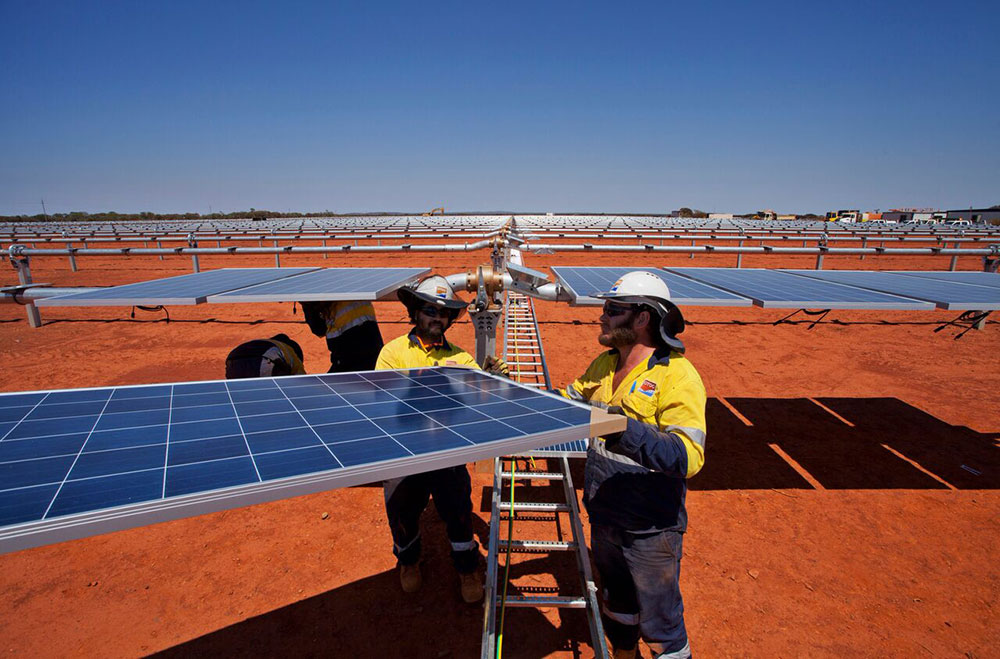
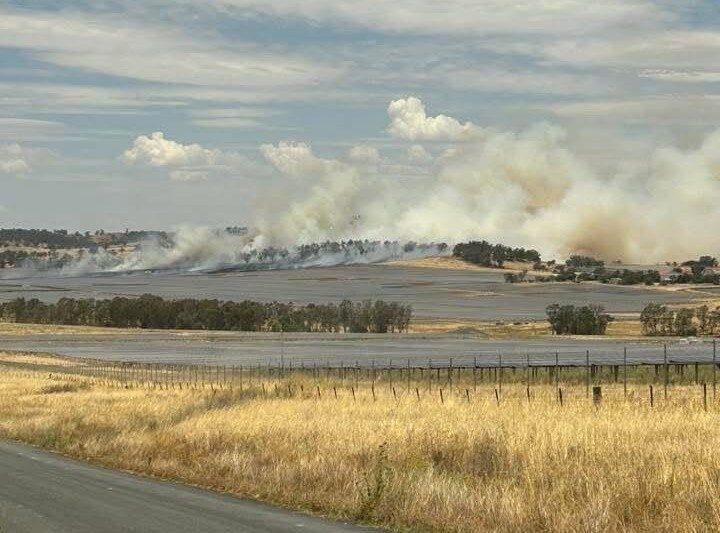


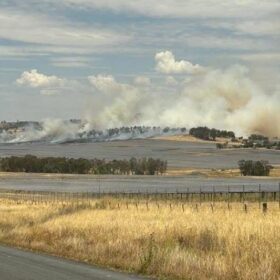
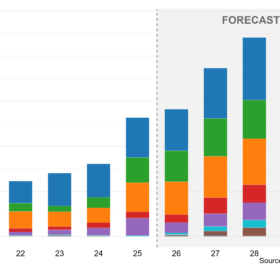
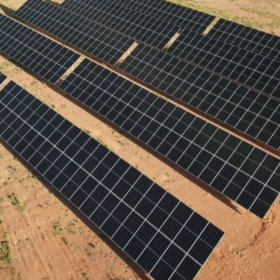
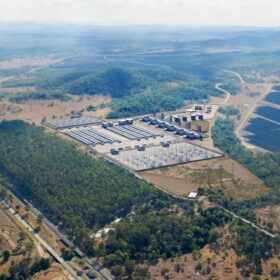
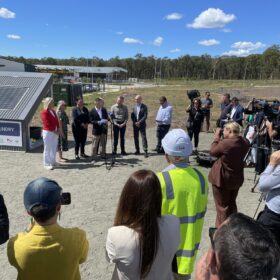
Note the Weipa Solar Farm is only 1.7MWp not 6.7MW as stated above. Stage 2 not built.